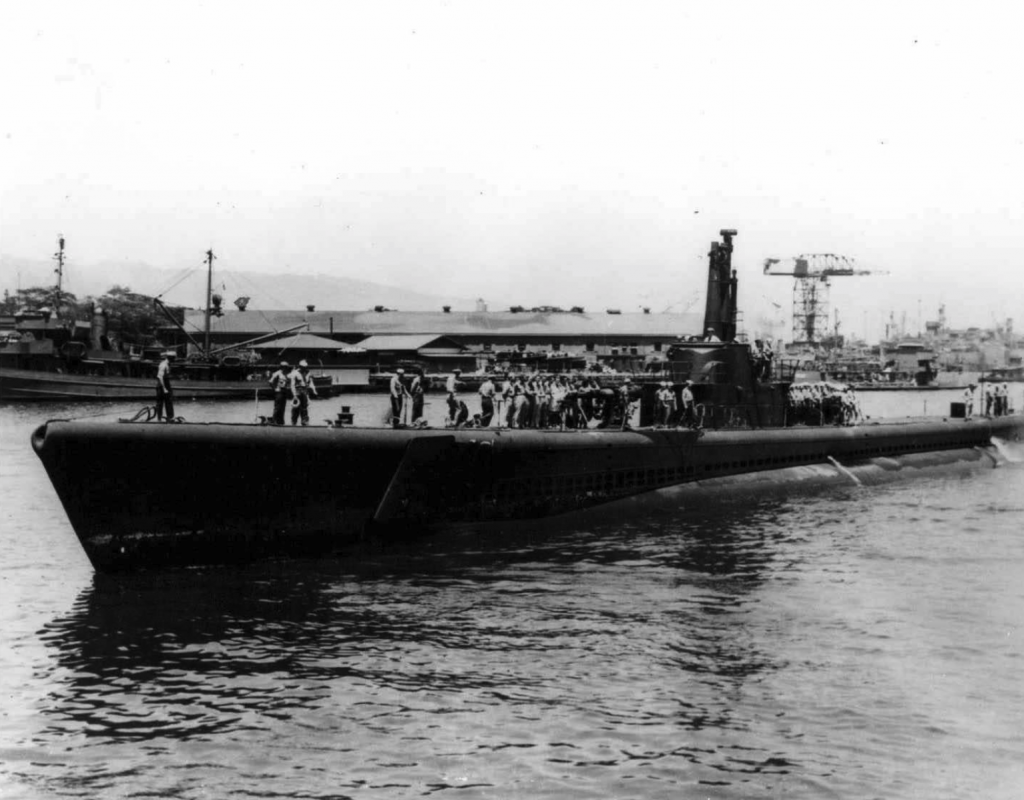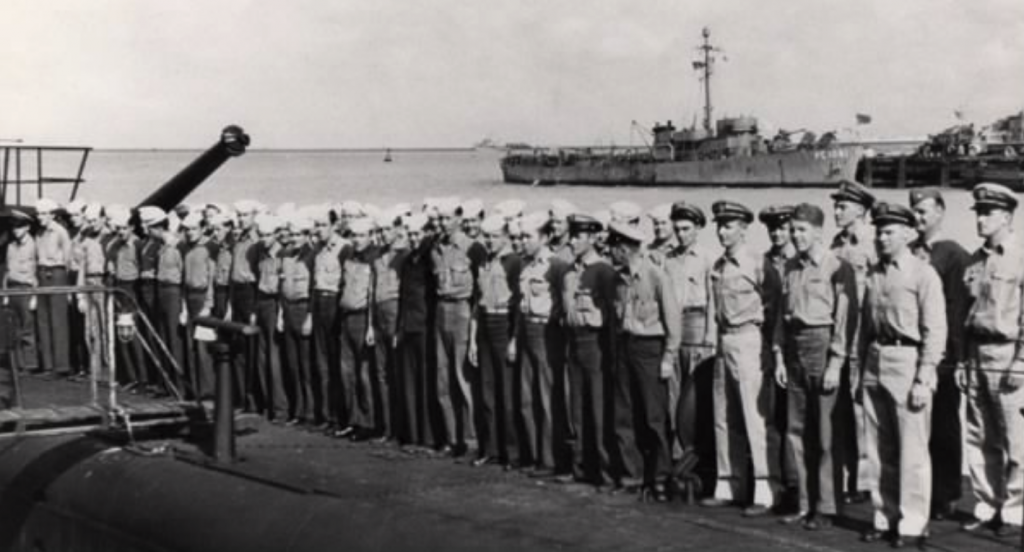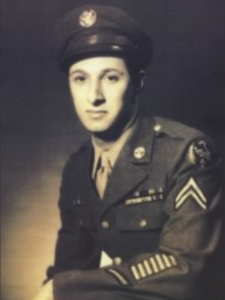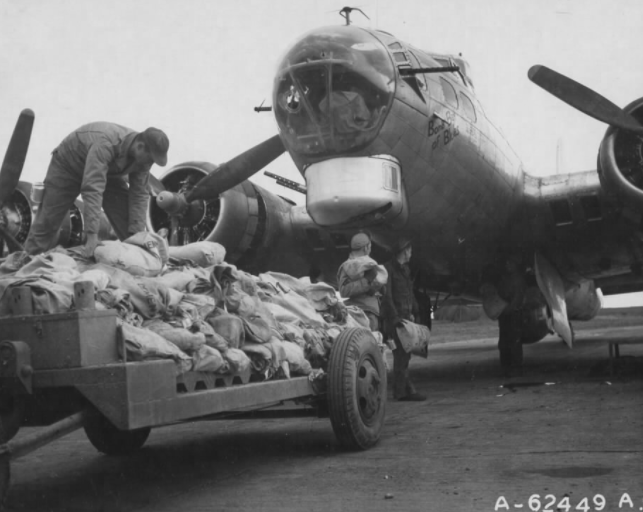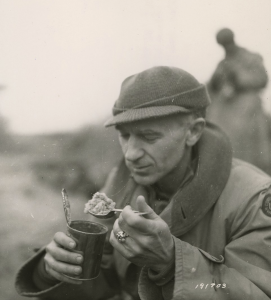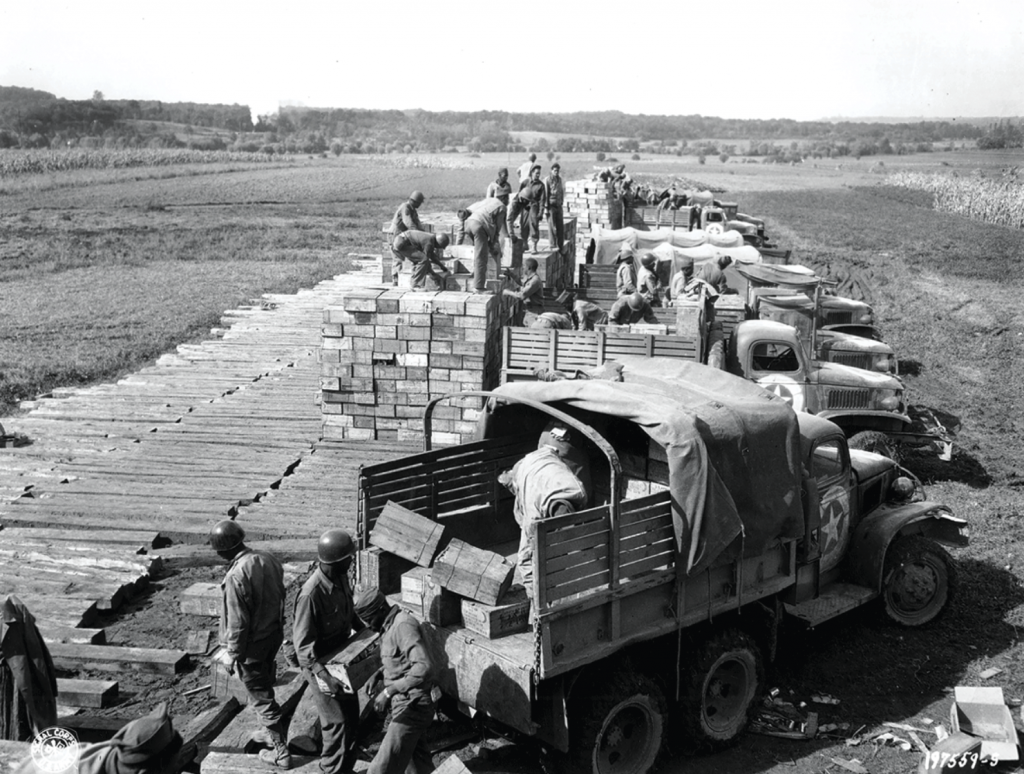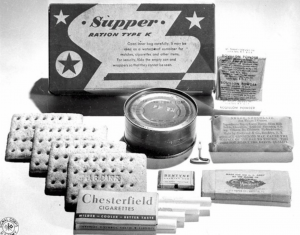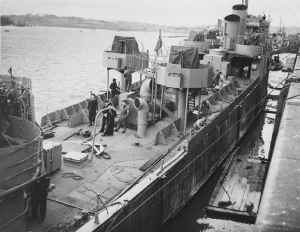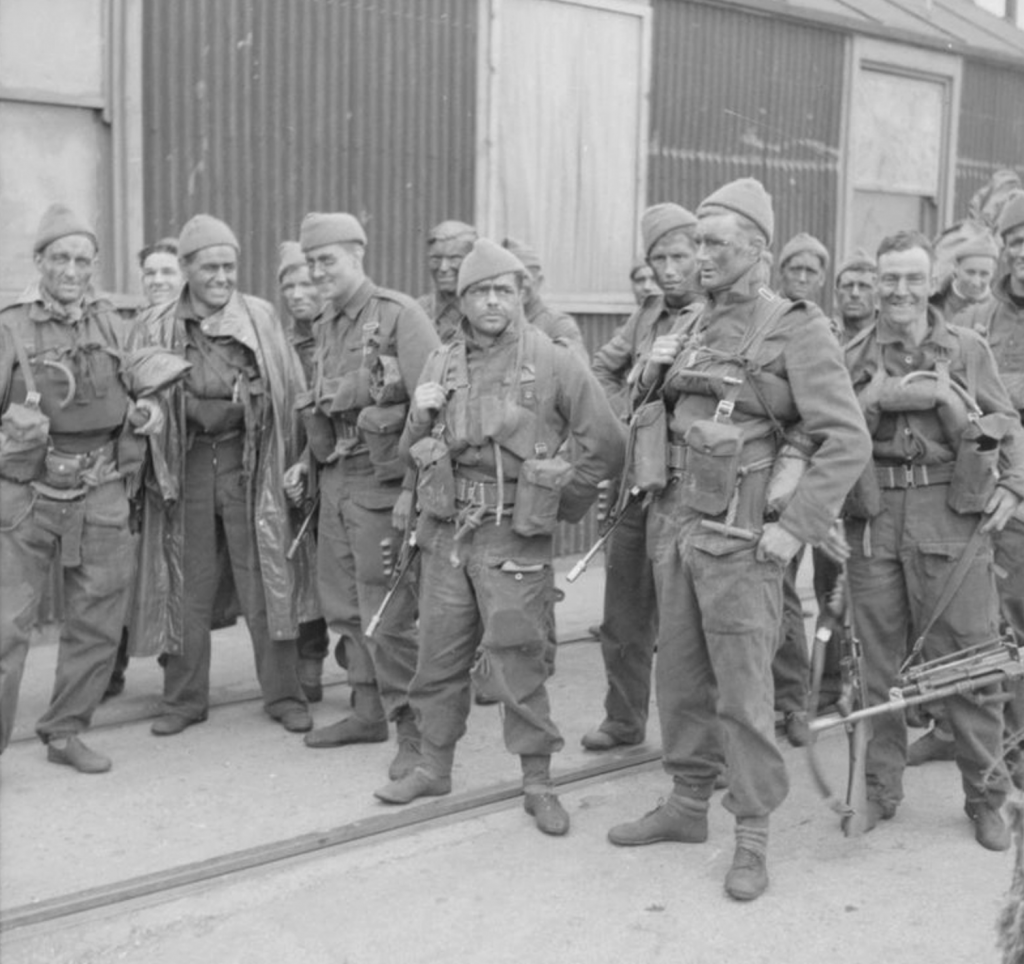We’ve launched a beta version of a new Fold3® Gallery and Tag experience! The new Gallery and Tag feature gives researchers a powerful new tool to organize Fold3 records, Memorials, photographs, and documents. Now you can create custom tags that allow you to tag records and organize them into groups that can be quickly recalled. We’d love your feedback as we fine-tune this experience, but we promise, that the end result will provide Fold3 customers with powerful ways to organize your research and bring more value to your Fold3 membership!
What is the Gallery?
The Gallery is a place to see all your Fold3 content and organize it into groupings by creating tags. Enter the Gallery from this banner on the home page:

Once you are in the Gallery, you will see items you’ve recently viewed and all the items you have previously tagged.
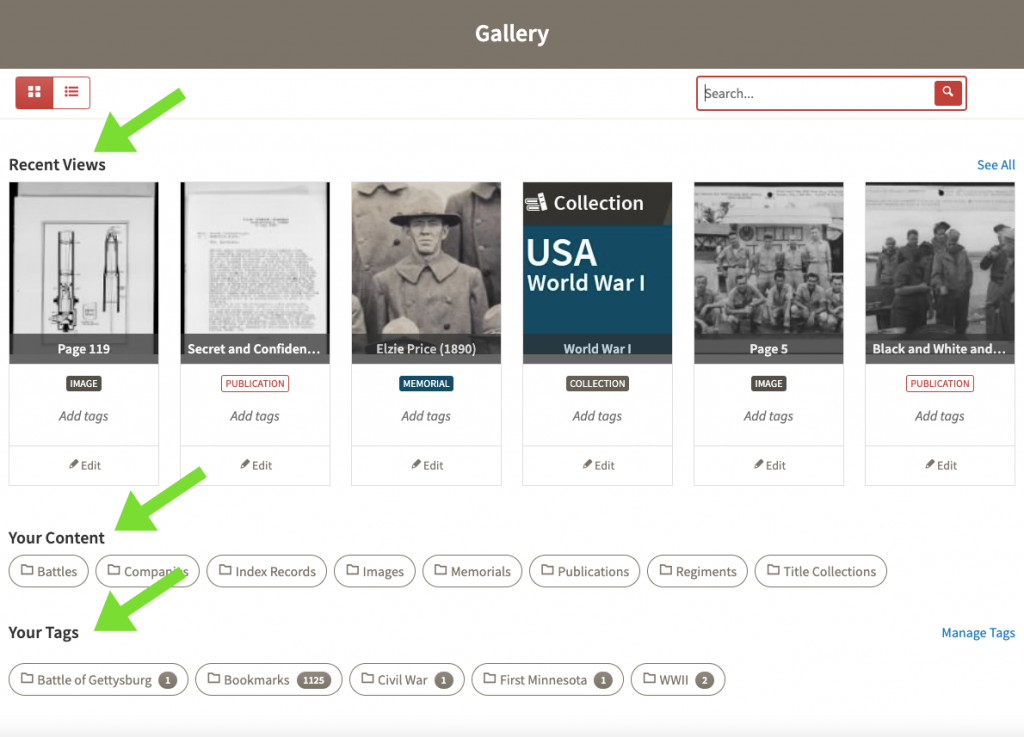
For example, if you’ve created Fold3 Memorials for all your ancestors that served in the Armed Forces, you can create custom tags for which conflict they served in (Civil War, WWI, WWII, etc.). You can then choose to add additional tags for which battles they participated in (Gettysburg, Battle of Somme, Battle of the Bulge, etc.). Create as many tags as you want to organize your content. Tags are custom and searchable in your Gallery. Maybe you’re headed to Gettysburg and want to quickly search for all your ancestors that participated in that battle – now you can!
How Do I Add Tags?
Tags can be added from your Gallery, from Memorials, or from any individual record. Just look for this tag symbol. When you click on it, a dialogue box pops up that allows you to quickly add a new tag or choose from a previously used tag.
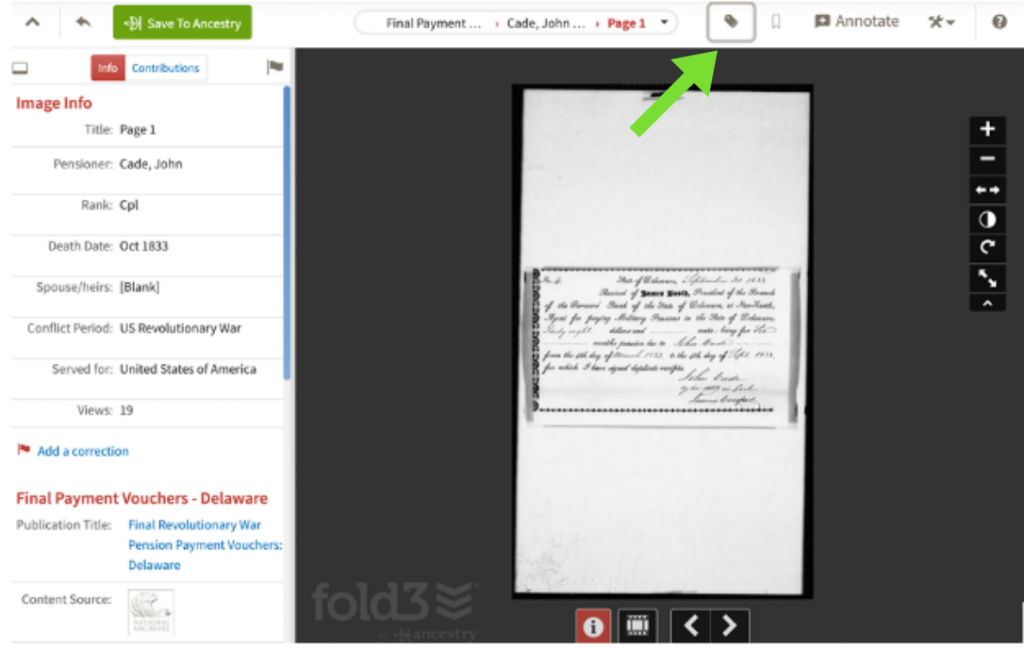
For example, if you are researching WWII Flying Fortresses, you can search Fold3 for related records and images, then click on the tag icon. If you’ve already created a tag called “Flying Fortress,” just click on the + to tag the newly discovered record with this tag. From there, you can also add additional new tags to fine-tune your results. Once an item is tagged, it will now show up in your Gallery where you can quickly recall all your tagged records.
Ready to Give It a Try? Access the beta version of Gallery here, or click on the banner link on our homepage. Once you are enrolled in the beta, you can access your Gallery in the drop-down menu in your profile
We’ve just touched the surface of the capabilities of the Gallery and Tags. Want to know more? Head over to our Help Center by clicking here. We’d love your feedback on this new Gallery and Tags experience. Please leave your feedback on this prompt on the Gallery page.
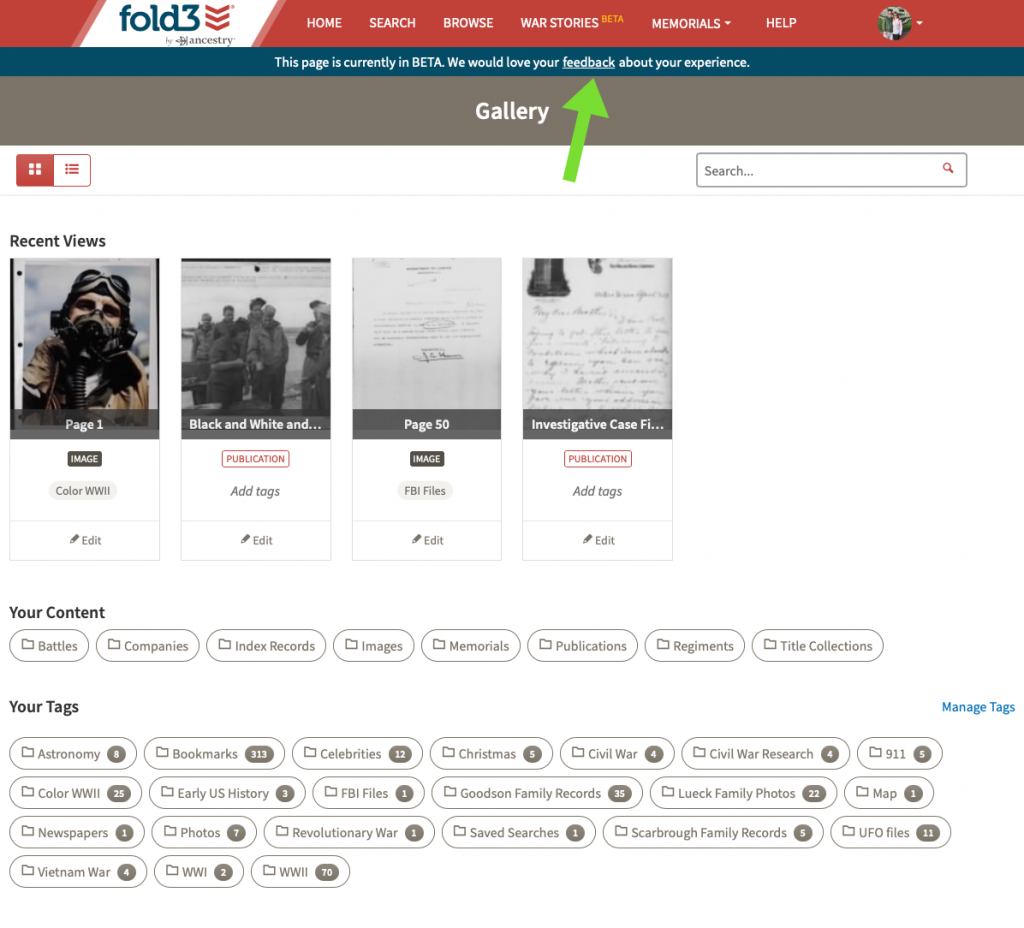
Search nearly 600 million military records on Fold3® today, then organize your research with our new Gallery and Tags.

